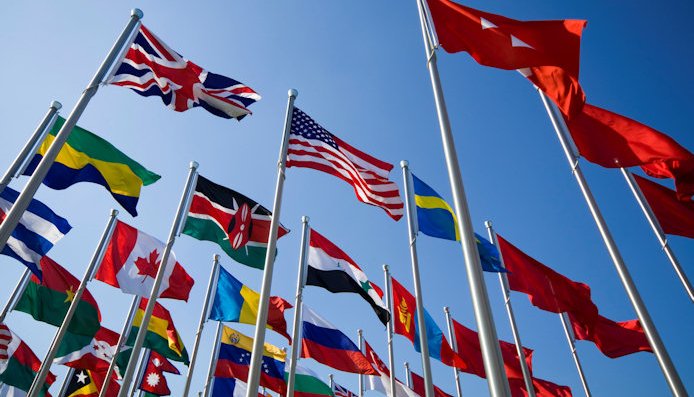The first requirement in a debate is that everyone agree on the meaning of the words they use; otherwise the exercise is pointless and can only generate more heat than light.
Nowhere is this more evident than in the debates about nationalism. Is nationalism a progressive or a reactionary ideology? Was Connolly a nationalist? Is the CPI nationalist? Or are there different kinds of nationalism, according to particular circumstances? Various distinctions are made in order to justify one point or another, and frequently according to whether the agenda is to defend Connolly (or the CPI) or to undermine them.
If we attempt to define this term by reference to various authorities, all we discover is more confusion. One thing we might do is go back to the beginning and try to detect a pattern.
The first interesting thing we discover is that the term “nationalism” is not very old: in fact it dates only from the middle of the nineteenth century, when it was used as a synonym for patriotism. The second interesting discovery is that at first it was applied mainly to Ireland.
About the year 1885 the British press began to apply the term “nationalism” to the Irish Party (the loose grouping of Irish members of the British Parliament who, in one way or another, supported the demand for what was called “home rule”) and especially to the policies of Charles Stewart Parnell, its most prominent and in many ways its most progressive member. It meant essentially those who wanted national independence—in some form or other—for Ireland.
The term proved useful and came to be widely used; but gradually the meaning began to drift—something that constantly happens with words. In particular, it began to be applied not only to those who simply wanted national independence for their own country but also to those who claimed that their country was superior to others—what was originally known as chauvinism—and so to justify their dominion over other countries. This was particularly noticeable in relation to England and even more so, later, to the United States.
This usage reached its peak in the middle of the twentieth century, when national pride and feelings of superiority were combined with—and used as a justification for—German fascism.
The result is that there are now two distinct phenomena that go under the name “nationalism”; and attempts to separate them would seem to be impossible. Worse still is the deliberate use made today of this confusion by those whose agenda is to undermine demands by colonial and neo-colonial countries for their national independence. This finds expression in such phrases as “Look at what nationalism did in the twentieth century,” in which an attempt is made to equate the demand for national independence in (say) Ireland with German fascism. This and similar expressions are a commonplace today among the media and the academic establishment, and have even found their way into schoolbooks.
What can we conclude? A term that is used for completely distinct phenomena is simply no longer usable. Writers and speakers cannot simply claim that their particular usage is the correct one but must find other ways of expressing themselves.






